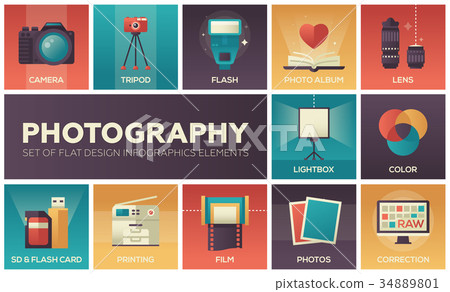What Every Digital Photographer Needs To Find Out About Lights
What Every Digital Photographer Needs To Find Out About Lights
Blog Article
Article Created By-Greenwood Fraser
As a professional photographer, you recognize that illumination can make or break your pictures. Recognizing find more info of both natural and synthetic light is vital for catching the mood and clarity you aim for in your work. Whether you're going after the excellent gold hour radiance or tweak your fabricated configurations, understanding these elements can raise your photography considerably. However there are Suggested Internet site challenges that several neglect, and recognizing them can change your strategy to every shoot. Let's explore what you could be missing out on and exactly how it can influence your outcomes.
Understanding Natural Light
Comprehending all-natural light is crucial for any kind of professional photographer wanting to boost their work. It's the foundation of wonderful digital photography, affecting state of mind, tone, and quality. When you fire outdoors, focus on the time of day. The golden hour-- soon after sunrise and before sunset-- supplies soft, cozy light that can transform ordinary scenes right into spectacular photos.
Don't ignore the power of cloudy days. Cloud cover diffuses sunlight, creating a soft, also light that's ideal for pictures and macro photography. You'll locate colors pop in this sort of lighting without harsh shadows.
Placing matters, too. Always consider your topic's orientation to the source of light. If the sun's behind your subject, you may wind up with a shape, which can be significant but mightn't be what you want. Alternatively, straight sunlight can produce unflattering darkness.
Try out angles; sometimes, altering your viewpoint can generate amazing results. Use natural reflectors, like water or sand, to jump light onto your subject, including measurement.
Learning Artificial Light
Grasping artificial light is important for professional photographers who want to take their skills to the next degree. Whether you're utilizing speedlights, studio strobes, or continual lights, recognizing exactly how to control these resources can dramatically improve your pictures.
Start by click this link with the fundamentals of light quality, instructions, and color temperature. Experiment with different modifiers like softboxes, umbrellas, or grids to regulate the gentleness or harshness of the light.
Headshot portrait 'll locate that soft light typically develops flattering results, while harsher light can include dramatization and deepness. Do not shy away from darkness; they can enhance the three-dimensionality of your topics.
Pay very close attention to the placement of your lights. A light positioned also near to your subject can develop unflattering results, while too far away can result in a lack of detail. Make use of a light meter or your cam's pie chart to guarantee you're exposing properly.
Finally, remember that synthetic light can be blended with ambient light for imaginative results. Balancing these resources could take practice, but once you grasp it, your photography will genuinely shine.
Techniques for Different Scenarios
When you step into various shooting scenarios, adapting your lighting techniques is important for catching the very best photos. For outside pictures, use the gold hour-- early morning or late afternoon light-- to soften shadows and boost complexion.
If it's an extreme lunchtime sunlight, consider making use of a reflector to bounce light back onto your topic or look for shaded areas for a more also direct exposure.
In low-light scenarios, like interior events, boost your ISO and utilize a wide aperture to allow in more light. A tripod can assist eliminate camera shake, enabling longer exposures without obscuring.
If you're shooting at evening, experiment with off-camera flash to produce vibrant lighting and deepness in your images.
For item photography, utilize diffused lighting to avoid extreme reflections. Softboxes or light outdoors tents can help achieve this result.
When photographing landscapes, take into consideration the instructions of light and time of day, as it can significantly alter the mood of your shot.
Constantly be ready to readjust your setups and placing based upon the scenario, as flexibility is essential to grasping illumination in photography.
Final thought
Finally, understanding illumination is crucial to boosting your photography abilities. Welcome natural light's beauty throughout gold hour, and don't shy away from trying out man-made light methods. By adapting your strategy to various scenarios, you'll capture stunning photos that reverberate with emotion and clearness. Remember, the best illumination can transform a common shot into something amazing, so keep practicing and refining your understanding of both natural and artificial light. Delighted shooting!
